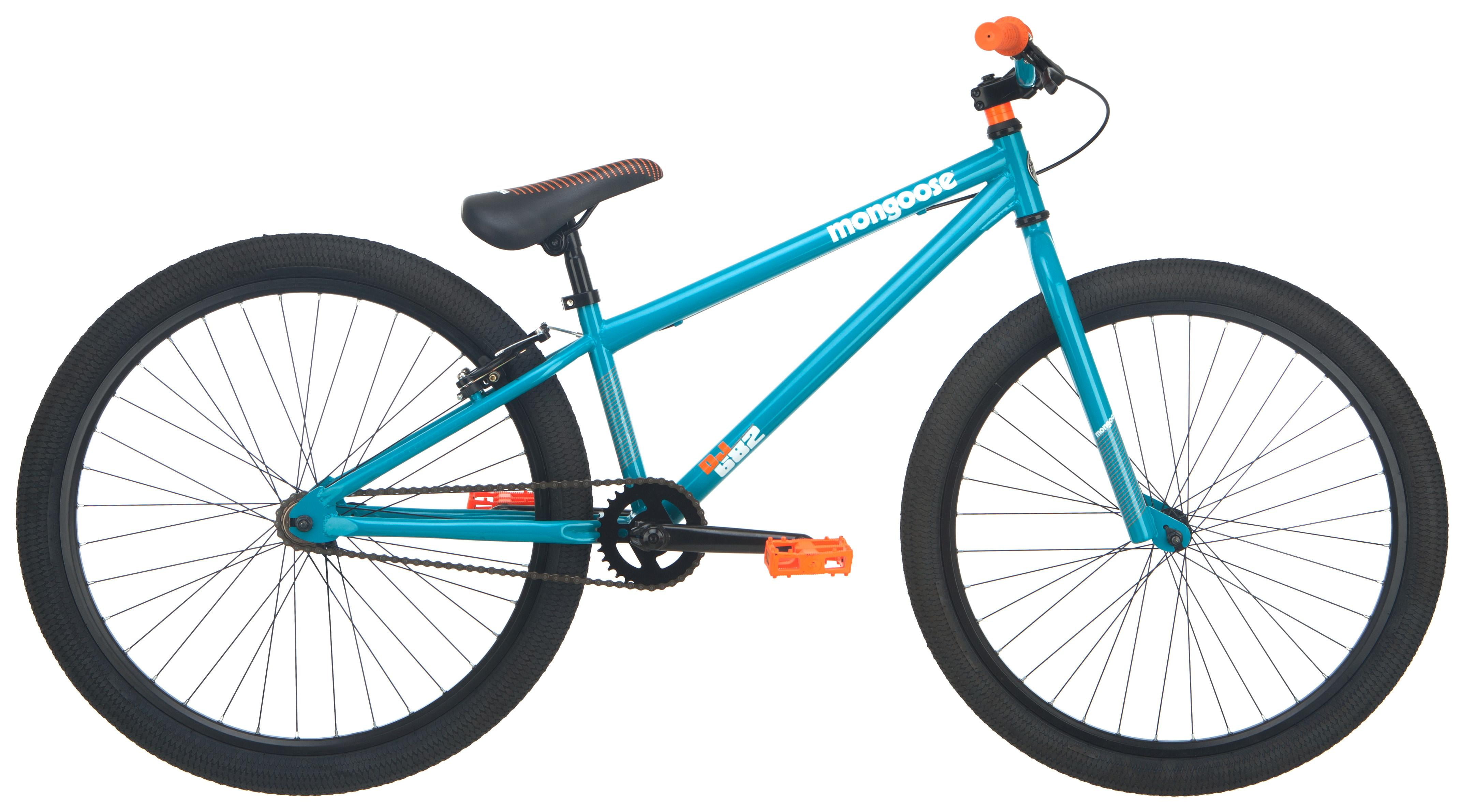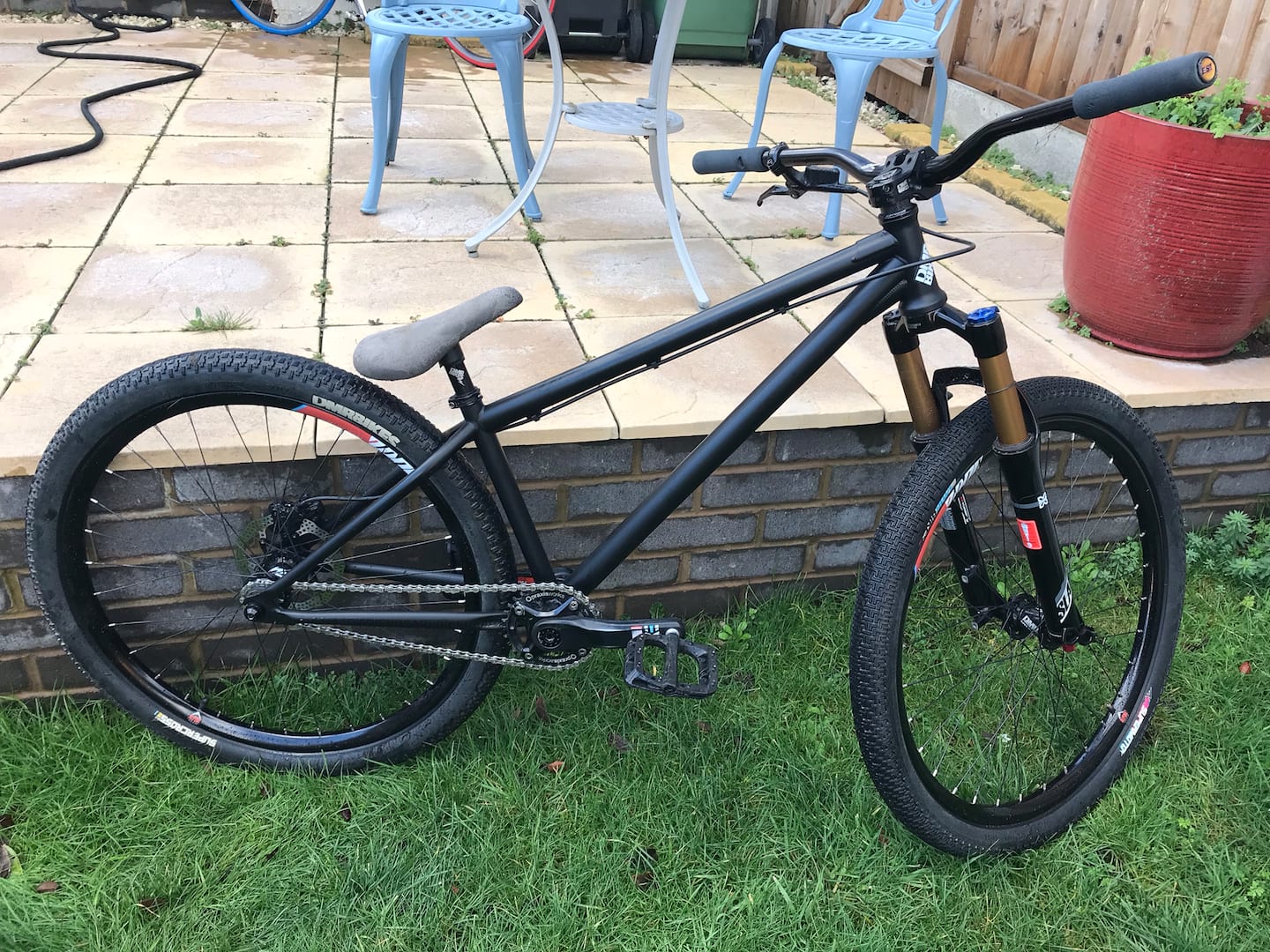
Some trails consist of jumps that lead into berms. They are also used to maintain riders' speed without having to brake on turns. Mainly used on downhill trails, but can also be present alongside dirt jumps to help riders avoid hitting trees. Mostly used on sharp turns, berms assist riders by giving them the ability to bank sharply, and make a sharper turn. Berm a curved embankment that comes out of the ground.Spine is a steep dirt jump with a take-off and a landing, but no table or gap, made to get higher air without distance.
Dirt jump bike series#
Whoops/Rhythms a series of three or more small rounded ramps close together, enabling riders to 'manual' over them.They enable riders to jump from the top of the incline to a raised landing. Step ups are ramps just before inclines.They are usually found at the beginning of a trail. Rollers are small tabletops that give you extra speed by 'pumping' the jump.They're used mostly in competitions on jump length. Ski Jumps consist of just a takeoff, they're usually longer and flatter than other jumps, and tend to be situated on downhills, so the slope of the hill can serve as a landing.These are favoured by new riders because when the rider comes up short they can still easily ride out of it. Tabletops are more common among those new to the sport, they are a single earthwork with a takeoff at one end, and a landing at the other, with a flat 'table' on the top.They can be "Step-Ups", where the jump's up ramp is lower than the down ramp and the rider loses speed, or "Step-Downs", where the jump's down ramp is lower than the up ramp, meaning that they gain speed. This consists of two separate earthworks, one acting as a takeoff (lip), and the other as a landing. Double the most common form of dirt jumps.Most of these "micro geared" bikes run 85 to 100 psi tires, and tires are usually threaded and made with kevlar bead to prevent pressure flats and tears.Ī freshly built small double at the overlook trails in New Jersey. The frame is a little bit longer to aid in stability and to spread the load of heavy lands. Mountain bike dirt jumpers are usually split on the basis of wheel size because the wheel size dictates the shape of the takeoff to an extent.Ī 20-inch BMX bike for dirt generally has a 48-spoke rear rim and a 36-spoke front to prevent rim collapse in the case of casing a jump. An 'all-round' bike used for dirt jumping will more likely have 26-inch wheels, a 25-36 tooth chainring with a wide-ratio cassette and a short- to mid-travel fork. In general, a mountain bike dedicated to dirt jumping will have 24- or 26-inch wheels, a gear ratio of approximately 60 gear inches (~36:15 on a 24-inch rear wheel or ~36:16 on a 26-inch rear wheel) and rigid or 80-100mm travel forks. using single or dual disc brakes has replaced the use of only one rear V-brake. Running singlespeed with one brake is very common. A firm suspension is desirable for dirt jumping.Ī mountain bike built for dirt jumping tends to have a smaller frame than what is used for other disciplines. Mountain bikes - 24- or 26-inch wheels and either rigid forks or forks with short front end suspension (usually 80–100 mm travel, but can be up to 203 mm depending on the type of the bicycle).The wheels are usually more robust than a cross country mountain bike's and the same for the frame. Some high end DJ frames also have short travel rear suspension, sometimes with bottom-bracket-concentric pivots to allow singlespeed use. Dirt Jump/Freestyle mountain bikes look similar to mountain bikes but usually have a rigid frame and a lower stand-over height, in order to keep the seat out of the way while performing tricks.Freestyle Motocross (FMX, Moto-X) of various sizes & engine sizes.Other types of dirt jumping bikes include: Suited to bigger jumps or more challenging competition courses. There is also the so-called hybrid BMX/Jump bike, which is a scaled-up BMX with 24-inch wheels. The gear ratio is generally around 44:16, 36:13, 33:12, and 30:11, although using smaller gearings such as 25:9, known as 'micro gearing', has become popular. Some riders prefer large, padded seats for in-flight tricks while others do not find seat size an issue.

DJ tires are treaded - the heaviest treads of all the BMX bikes - as opposed to the slicks and semi-slicks used for park riding. Traditionally, DJ (dirt jump) bikes ran only a rear v-brake but disc brakes are becoming more common. These bicycles tend to have a longer top tube than a street BMX bike and are often more robustly built to withstand the poundings from the jumps. There is only one standard BMX dirt jumping bike frame, which is meant to fit all riders, young and old.

One of its key differences from general purpose bikes is the fit. BMX, for instance, has a range of bikes built for this activity. Dirt jumping uses a specific kind of bike.


 0 kommentar(er)
0 kommentar(er)
